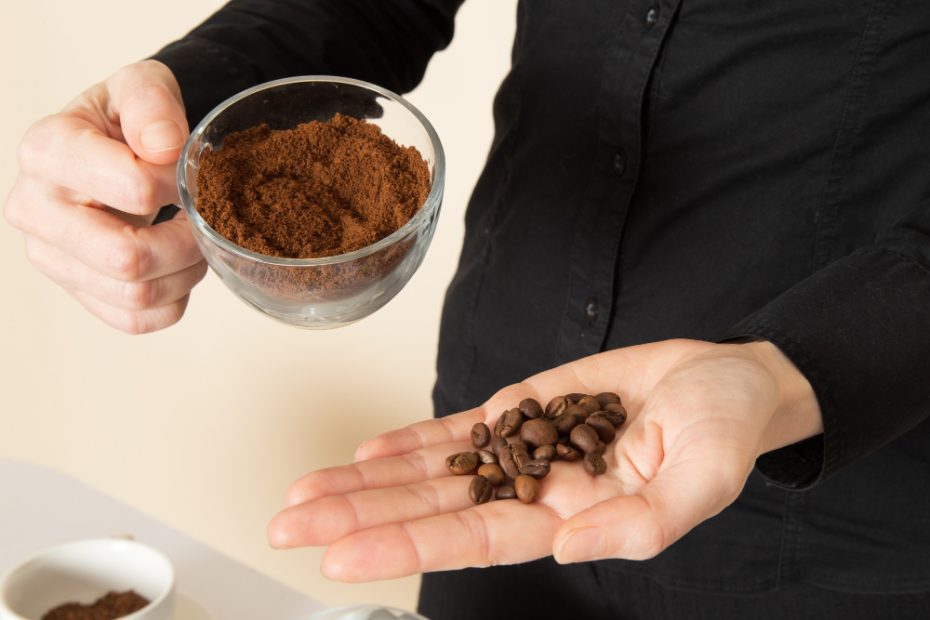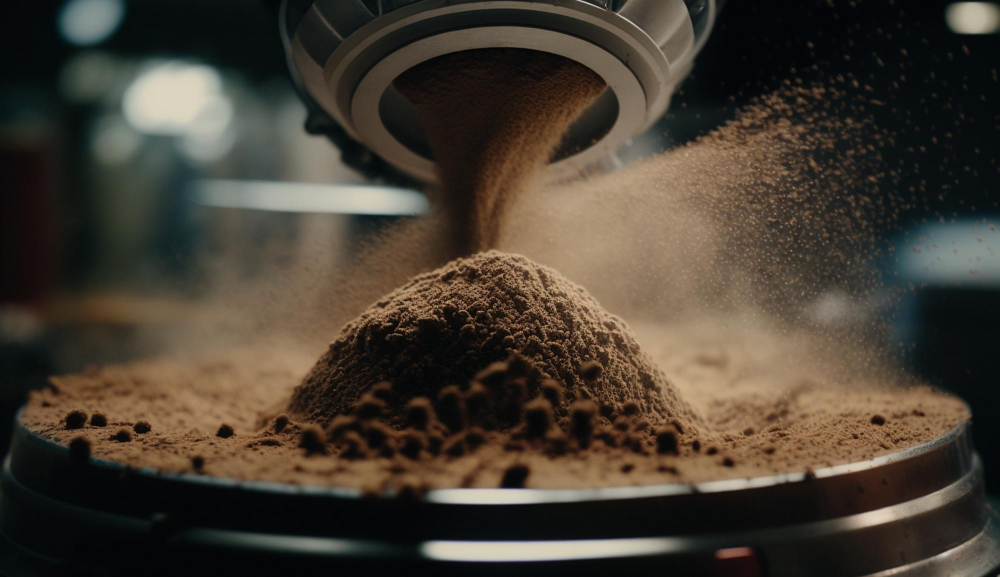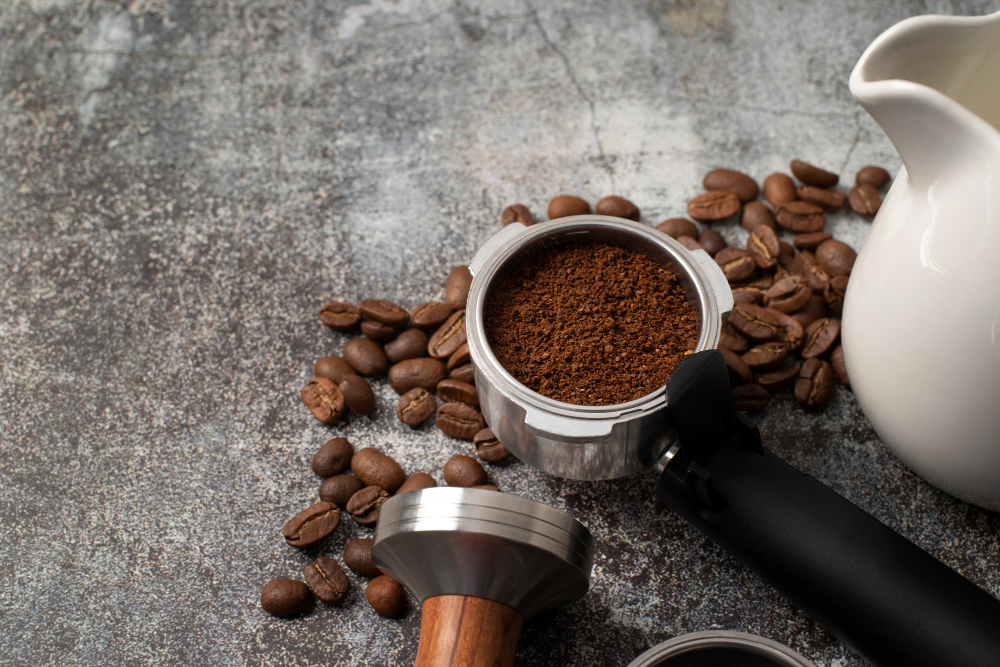Unravelling the Coffee Conundrum: The Best Way to Grind Coffee
When it comes to achieving that perfect cup of coffee, the grind of your beans plays a pivotal role. As the UK’s love affair with coffee grows stronger, understanding this step becomes essential for every coffee enthusiast. This article will guide you through the intricacies of coffee grinding, from the terminology to the techniques.
Is it grinding or grounding coffee?
First and foremost, let’s address a common query: Is it ‘grinding’ or ‘grounding’ coffee? The correct term is “grinding”. Coffee beans are ground or grinded, turning them from solid beans into smaller particles. The term “grounding” typically relates to electrical contexts and is not used in the coffee industry. Now that we’ve clarified the terminology, let’s delve into the grind itself.
How long should I grind my coffee?
The duration of your grind primarily depends on the brewing method you’re planning to use. It’s a vital factor because the grind size affects the extraction rate and, consequently, the flavour of your coffee. A mismatch between grind size and brewing method can result in a cup that’s either too weak or too bitter.
“Grinding is not just about breaking beans apart; it’s about crafting the right particle size for your brewing method.”
The Different Grinds and Their Uses
- Coarse Grind: Resembles breadcrumbs. Ideal for French Press, Cold Brew and Percolators.
- Medium Grind: Feels like beach sand. Suitable for Drip Coffee Makers and Siphon Coffee.
- Medium-Fine Grind: Slightly finer than table salt. Best for Pour Over Cones and Aeropress (with a longer brew time).
- Fine Grind: Almost like powdered sugar. Perfect for Espresso Machines.
- Extra Fine Grind: Comparable to flour. Primarily used in Turkish coffee.
Tools of the Trade
Choosing the right grinder is paramount. The two main types of coffee grinders are:
- Blade Grinders: These operate like blenders, using blades to chop up the beans. They are typically more affordable but can result in an inconsistent grind.
- Burr Grinders: These use two revolving abrasive surfaces (or burrs) to grind the beans a few at a time, offering a consistent grind. They are preferred by coffee aficionados for their precision.

The CG250 coffee grinder is a powerful tool with a 250W motor that efficiently turns coffee beans into fine powder, releasing a rich flavor unparalleled by store-bought coffee. It can produce grinds for various coffee types, from Turkish to cold brew. The grinder’s push-down top operation ensures ergonomic use, activating only when pressed and ensuring safety with its blade operation. It features a removable stainless-steel bowl for easy transfer and cleaning. The CG250 can hold up to 75g and has a built-in cable storage, non-slip feet, and comes with a British Standard 3-pin plug. Ensure the bowl is dry before each use.

The professional burr grinder boasts a capacity of 120g for coffee beans. It features dials for both cup selection and grind preference, enhancing customization. Its design includes a transparent bean container with a clear top lid and a separate see-through powder container that can be easily detached for convenience.
The Relation Between Grind Size and Brew Time
| Brewing Method | Grind Size | Brew Time |
|---|---|---|
| French Press | Coarse | 4-5 minutes |
| Drip Coffee Maker | Medium | 2-4 minutes |
| Espresso Machine | Fine | 20-30 seconds |
| Turkish Coffee | Extra Fine | 1-2 minutes |
Conclusion
Grinding coffee correctly is a subtle art that, when mastered, can elevate your brewing experience. As the UK continues its love story with coffee, having the knowledge to grind beans effectively becomes indispensable. Armed with this guide, you’re well on your way to achieving that tantalising and perfect brew.



